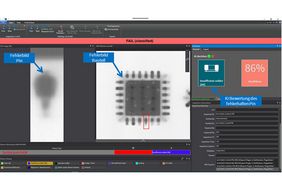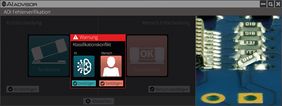The road to autonomous inspection
Whether AI-assisted creation of inspection programmes or automatic AI classification of pseudo defects at the verification station: the first steps on the way to autonomous inspection have already been taken. Currently, assistance systems for AOI and AXI systems are being developed to take more and more work off the operators' hands. But there is still some way to go before optical inspection is fully automated.
Paradigm shift through AI
"Historically, there have been several technological paradigm shifts in the field of AOI and AXI systems," says Andreas Türk, Product Manager X-ray Systems at GOEPEL electronic. At first, orthogonal looking cameras with manageable illumination variants were used for AOIs. Later, oblique-looking cameras and sophisticated illumination of different wavelengths and directions were added. After that, 3D imaging technology moved into the AOI in order to be able to evaluate solder joints even more reliably. In the field of AXI systems, this development is quite comparable. Starting with vertical (2D) and oblique (2.5D) radiography of a PCB, mostly still with analogue image intensifiers, 3D X-ray systems for solder joint inspection in several layers gradually developed. With the advent of 64-bit technology and powerful digital X-ray detectors, these were also fast enough for use in the production line for the first time. "Looking back, it was mostly hardware technologies that brought a fundamental change for inspection systems. The next paradigm shift is coming in the area of software," says Türk. Artificial intelligence is the driver for another technology shift here.
 Contact
Contact


